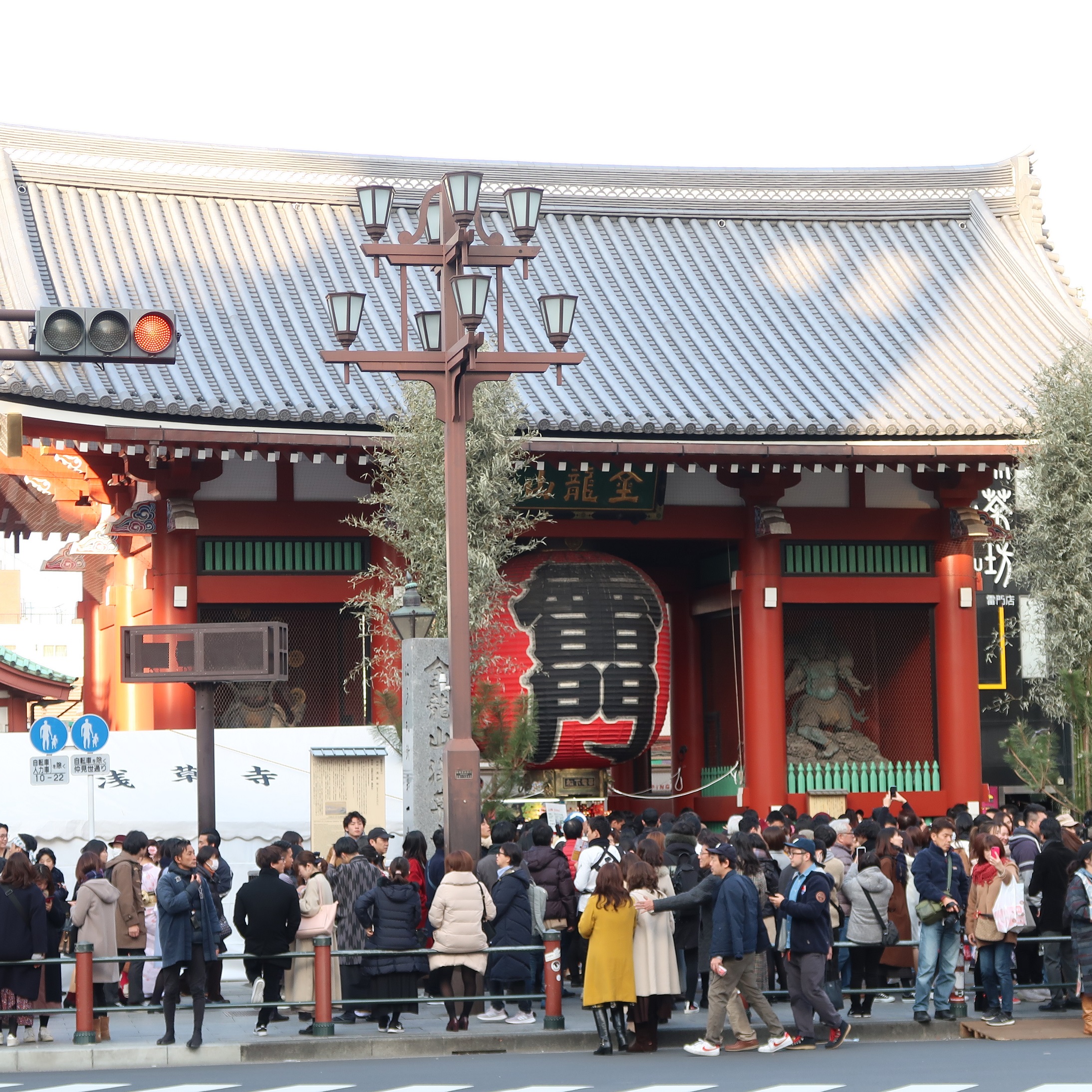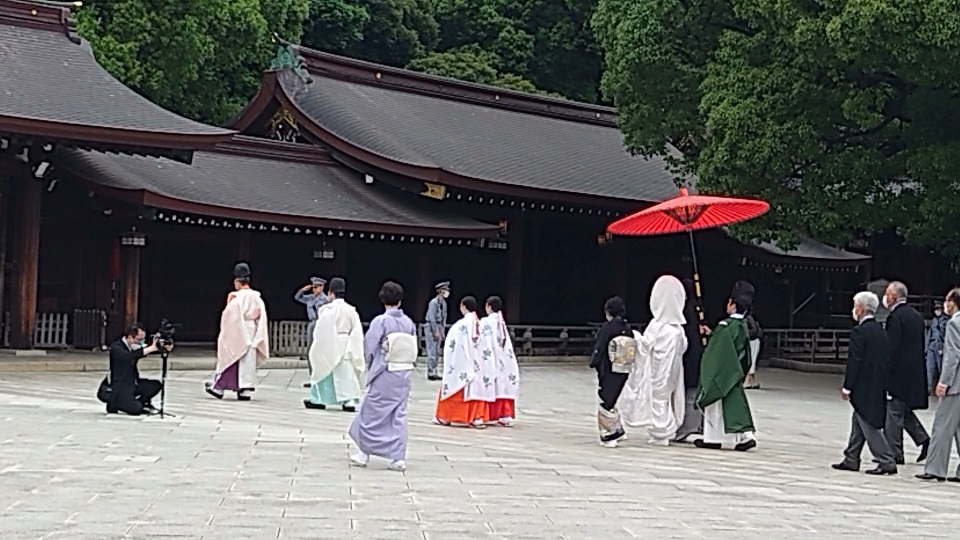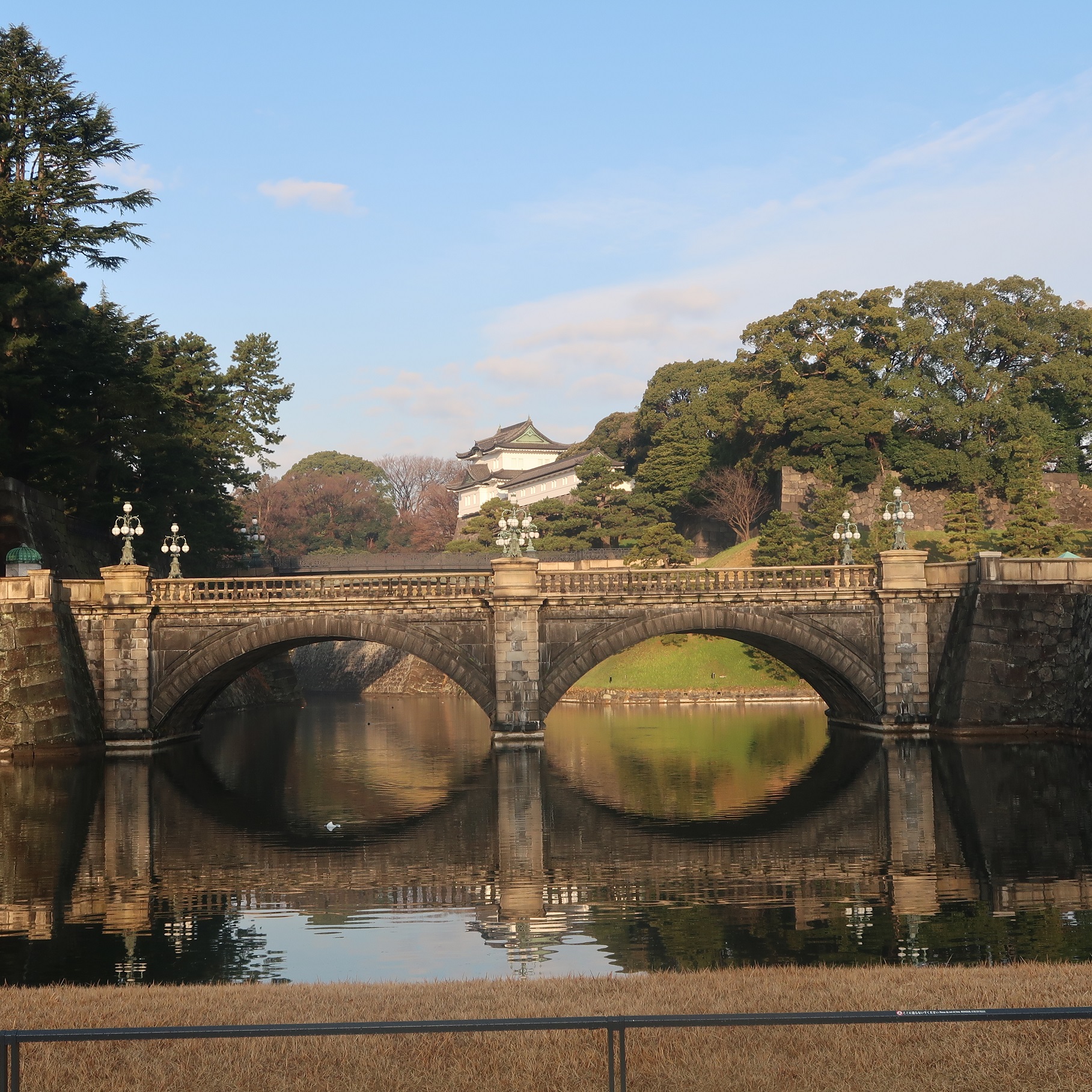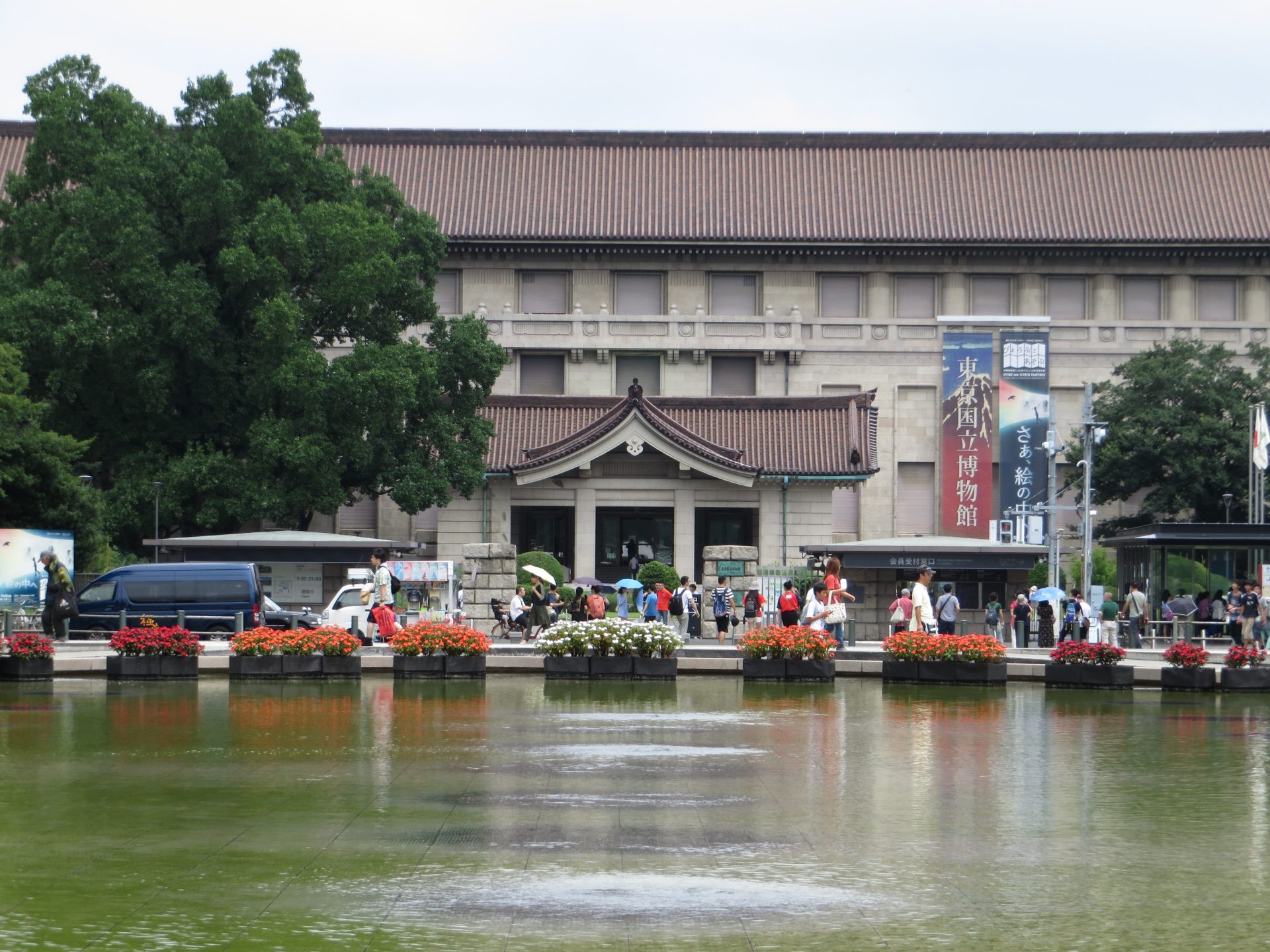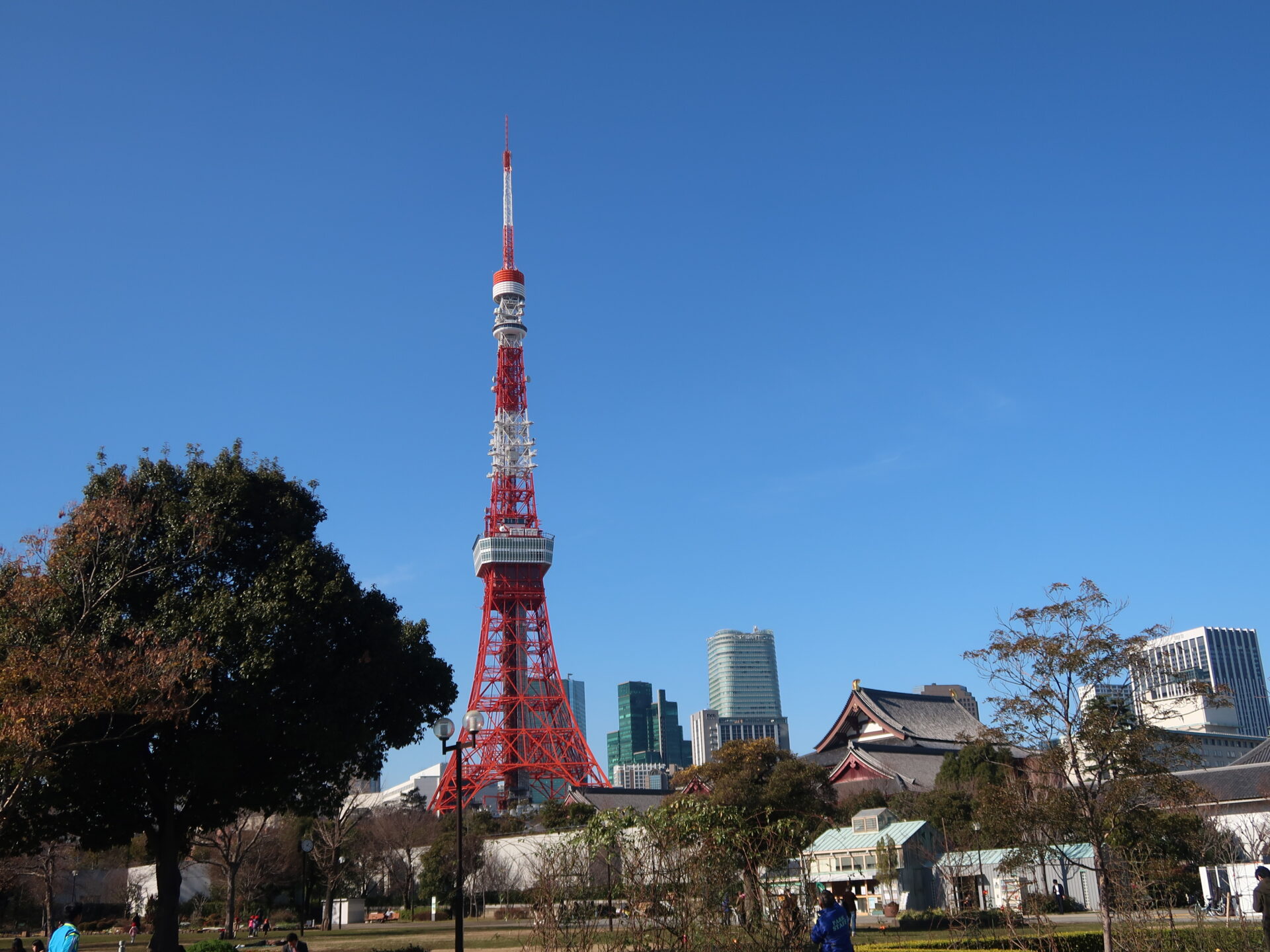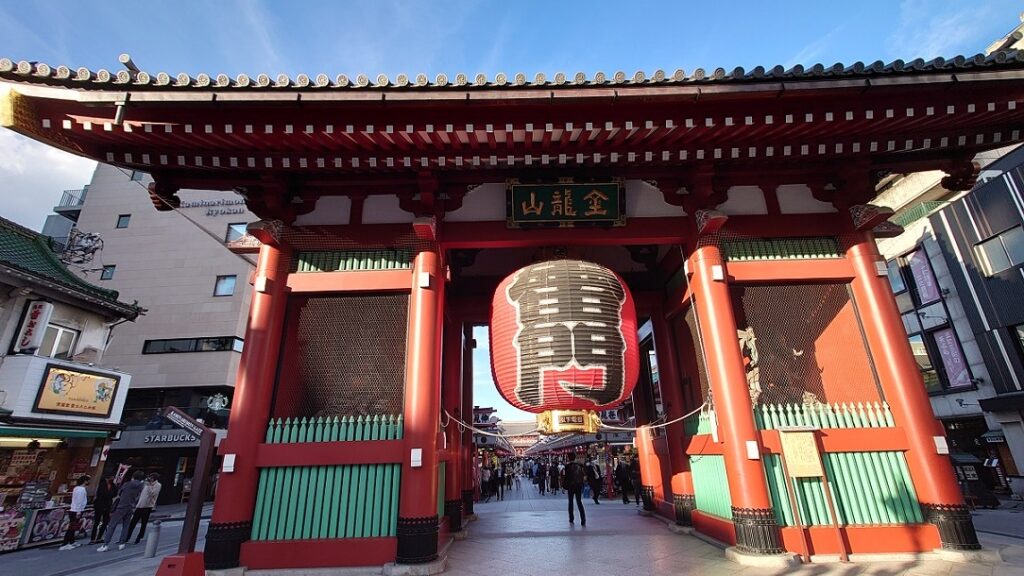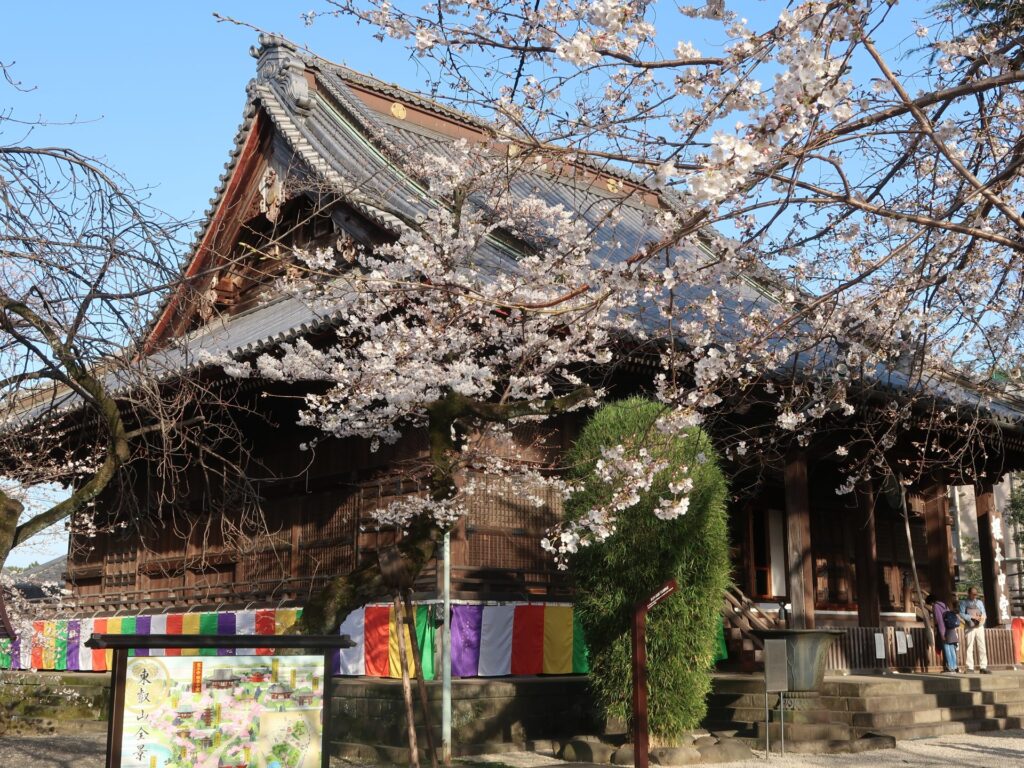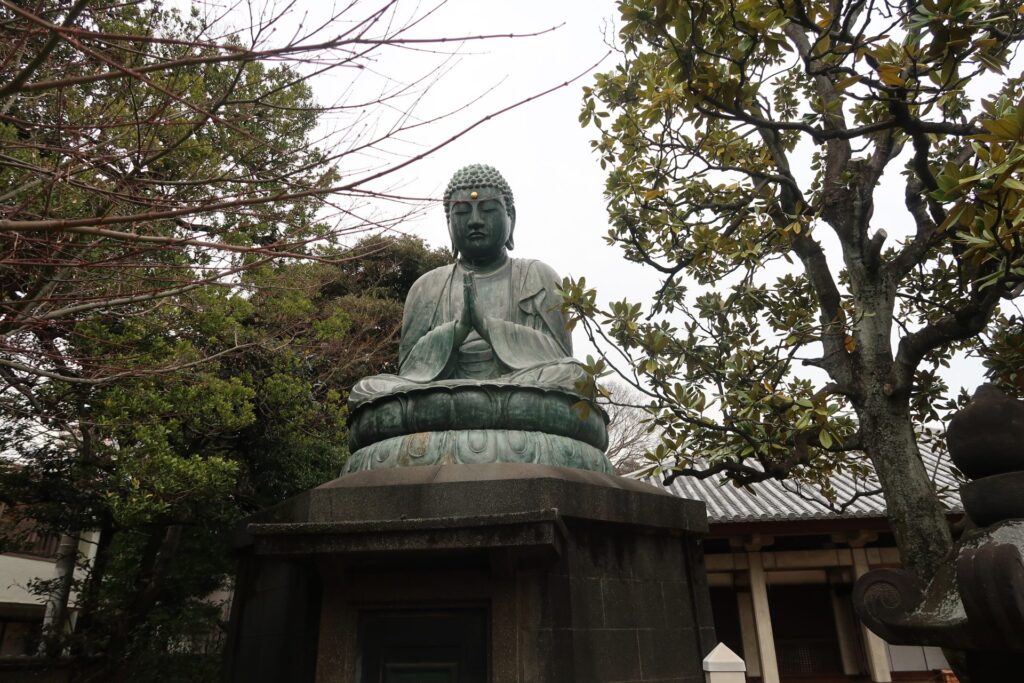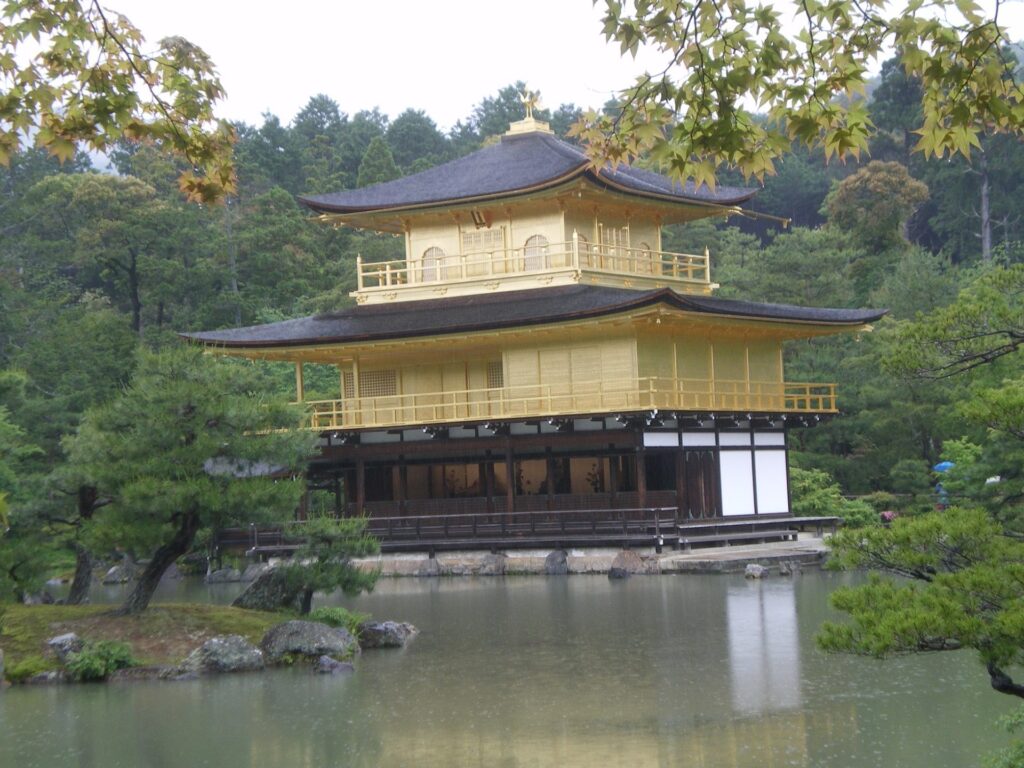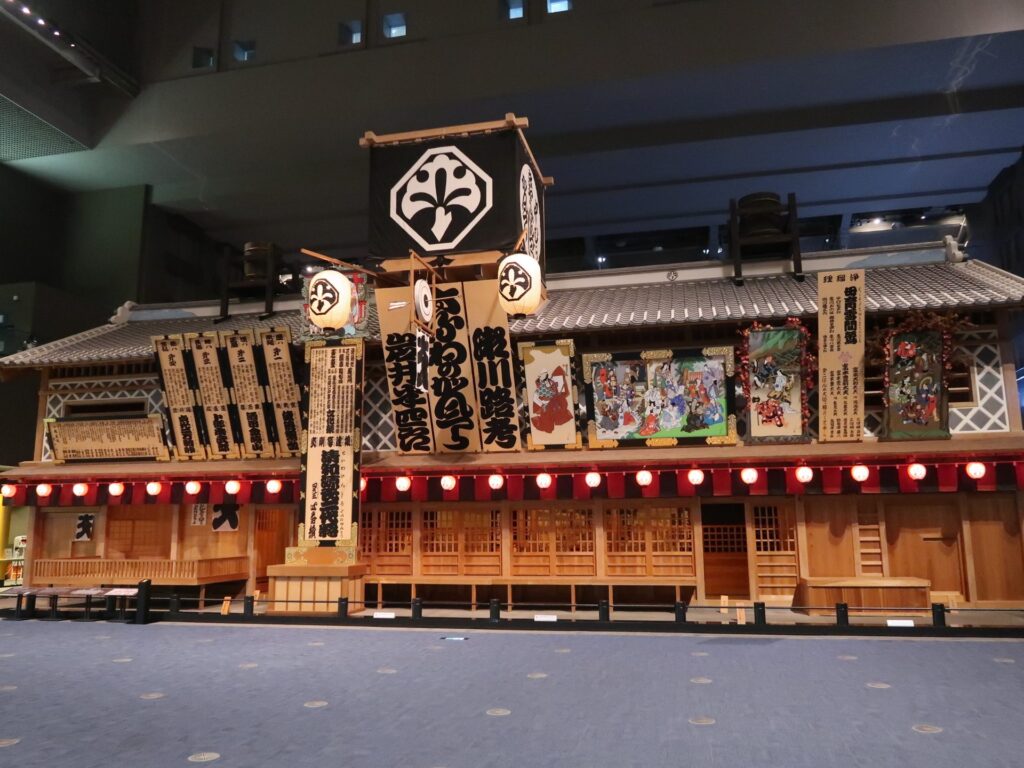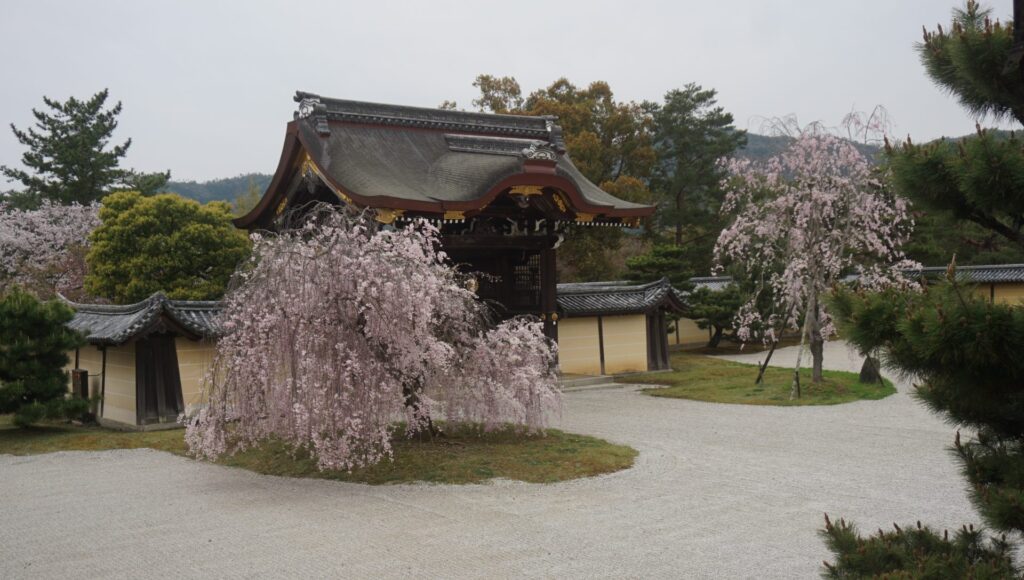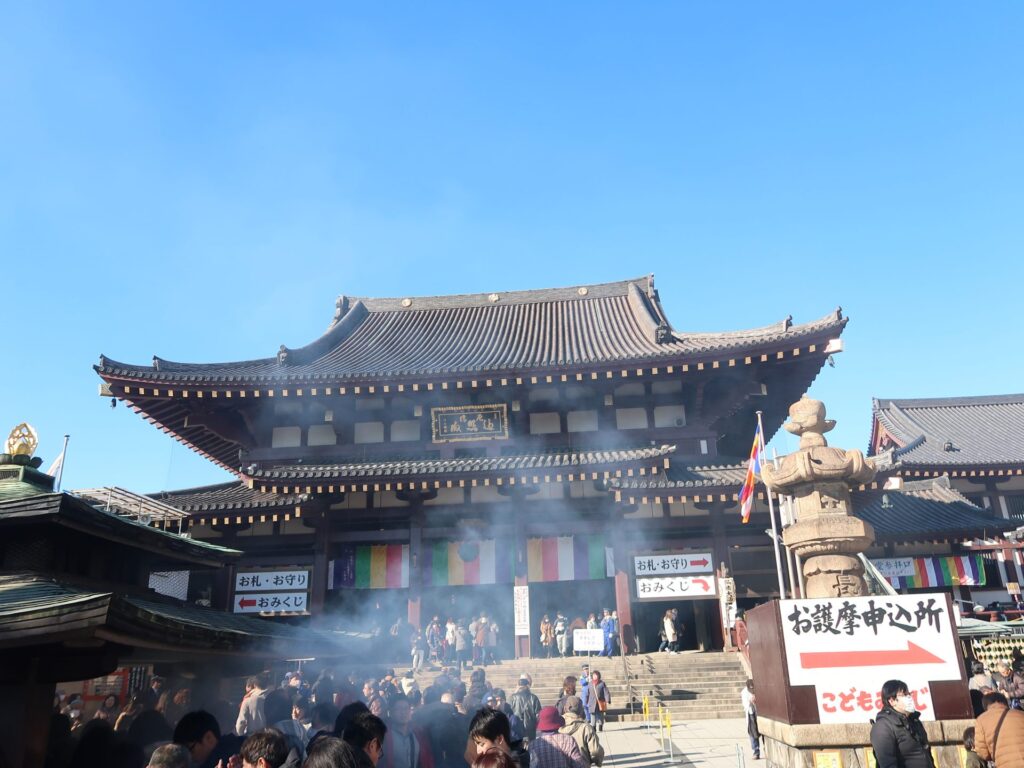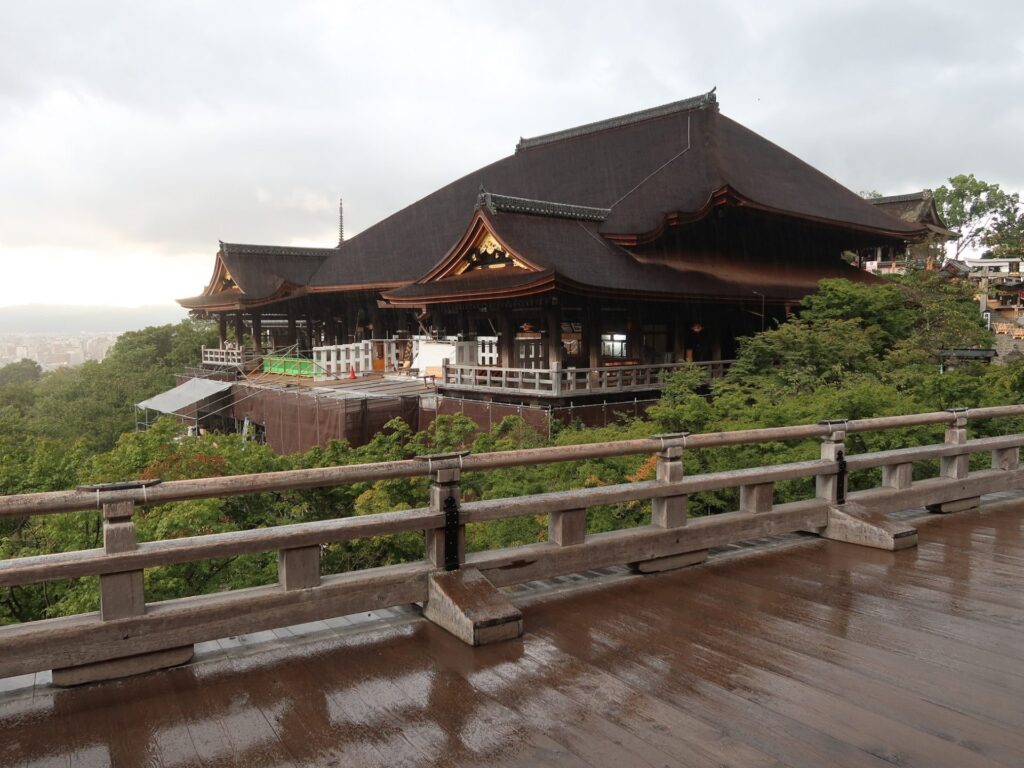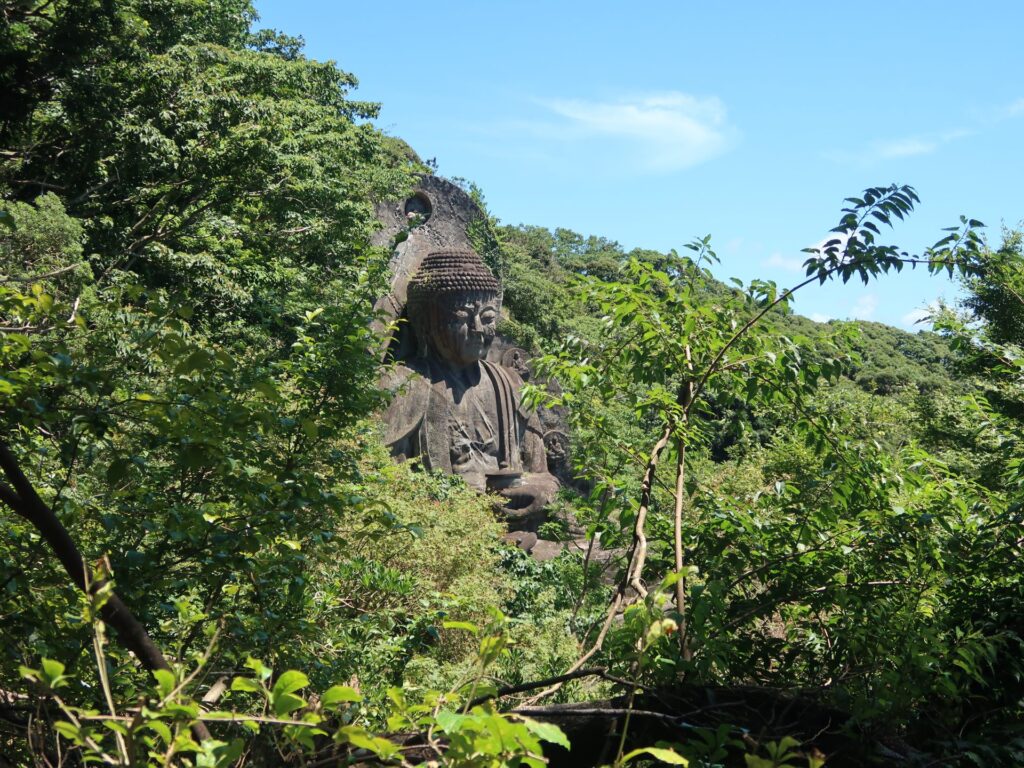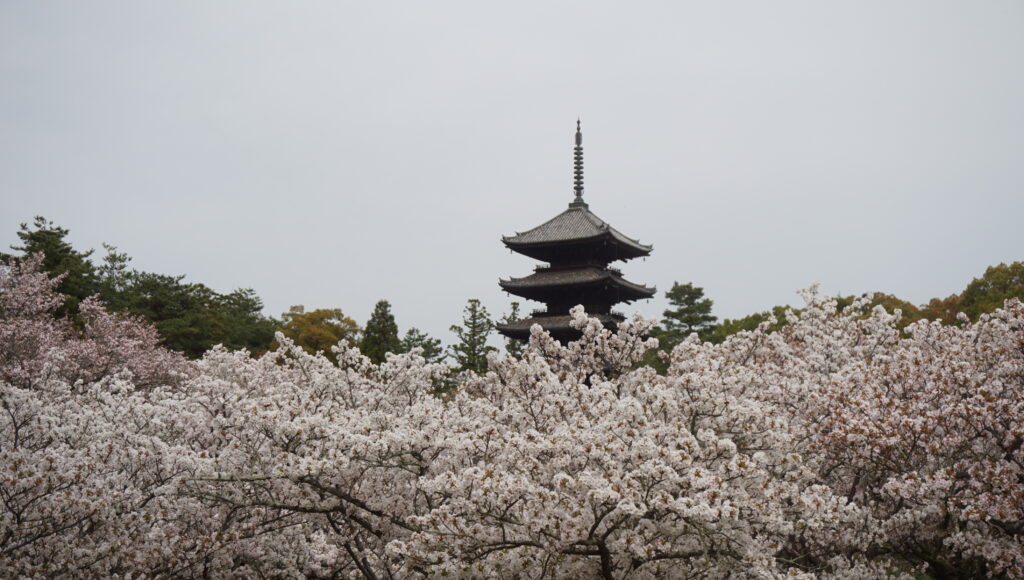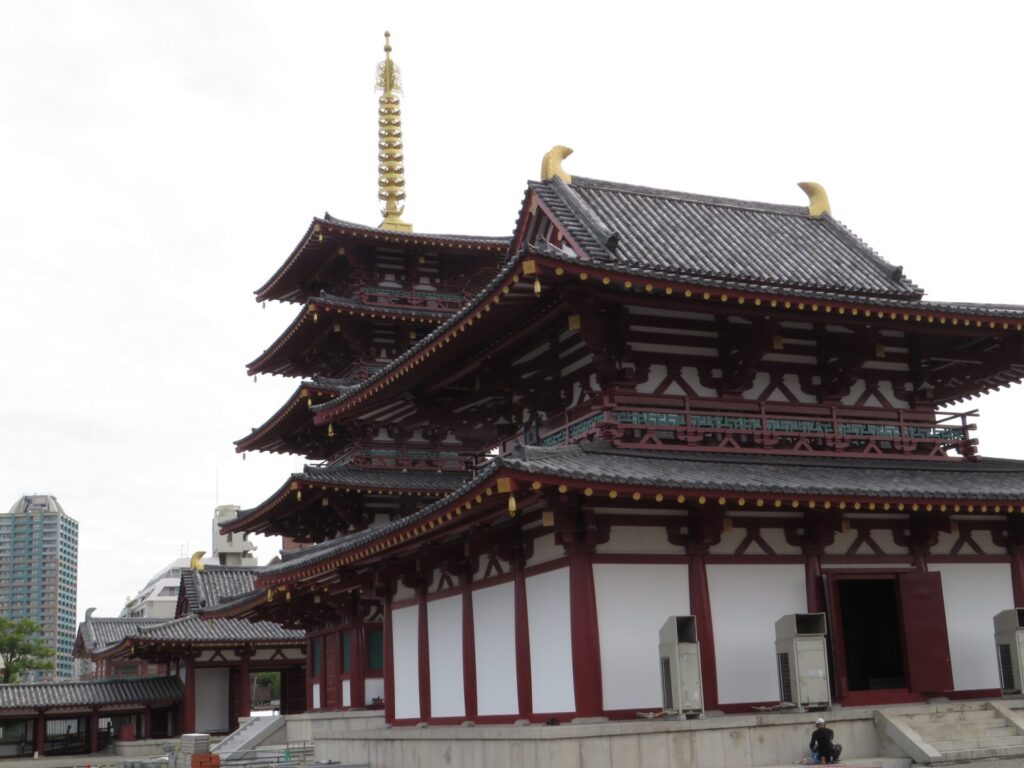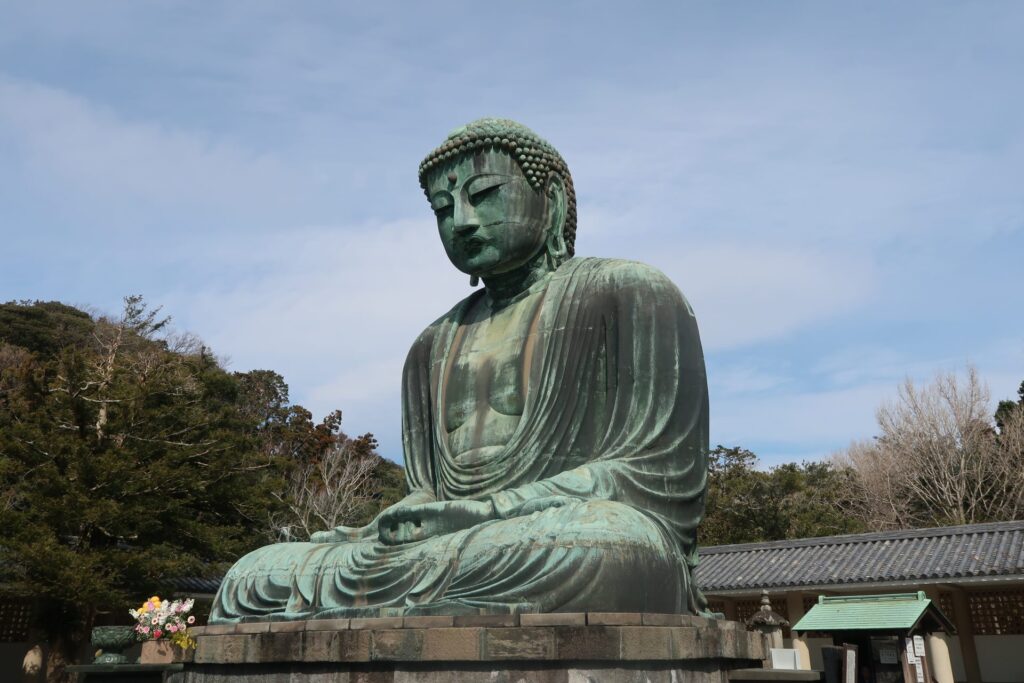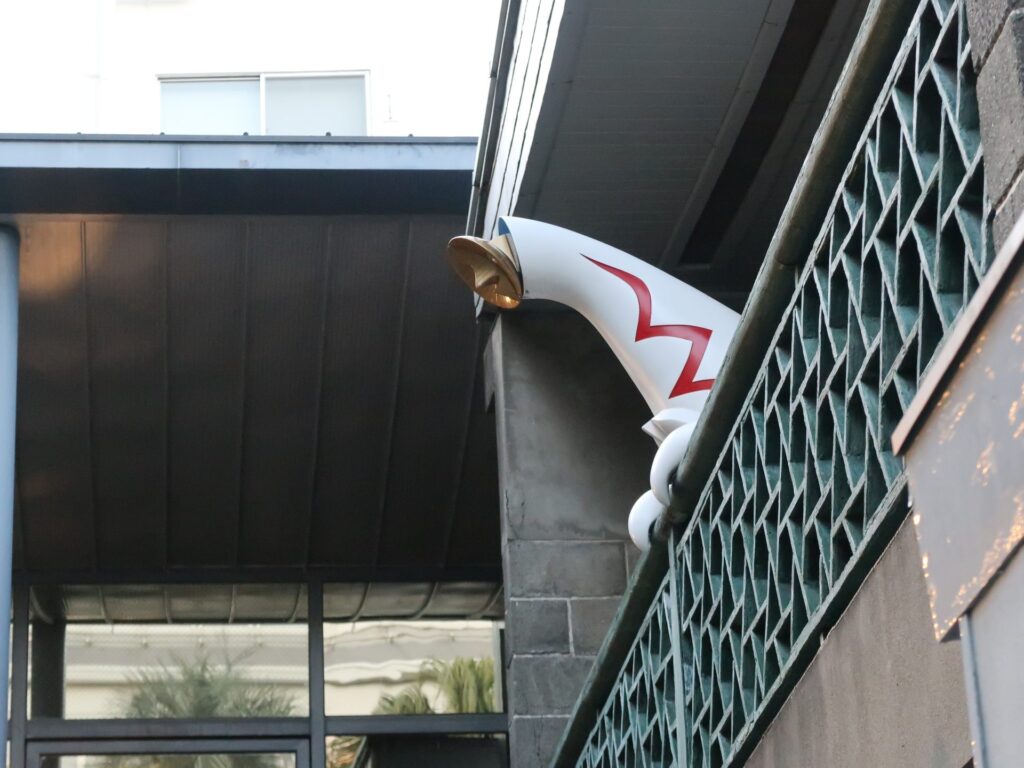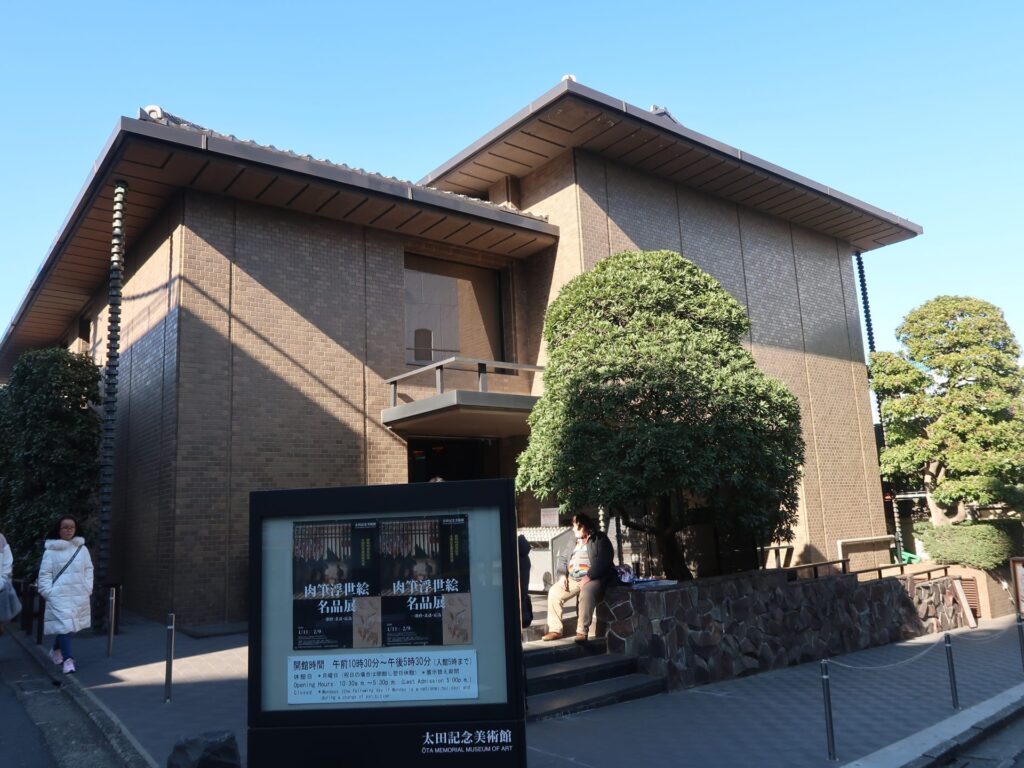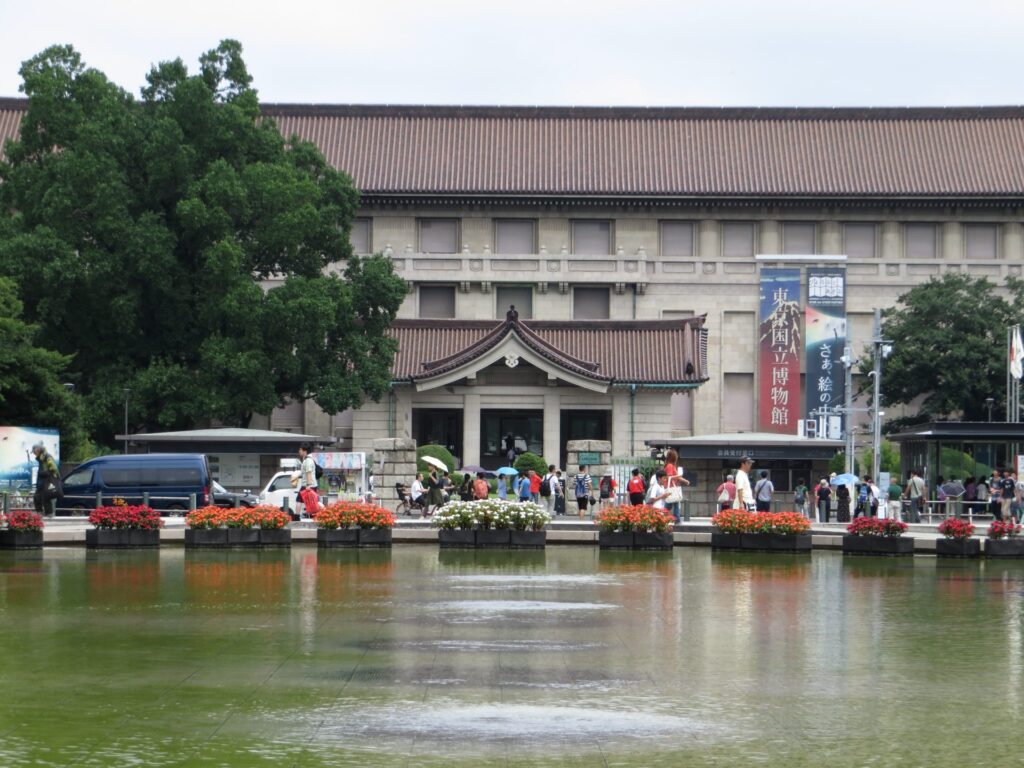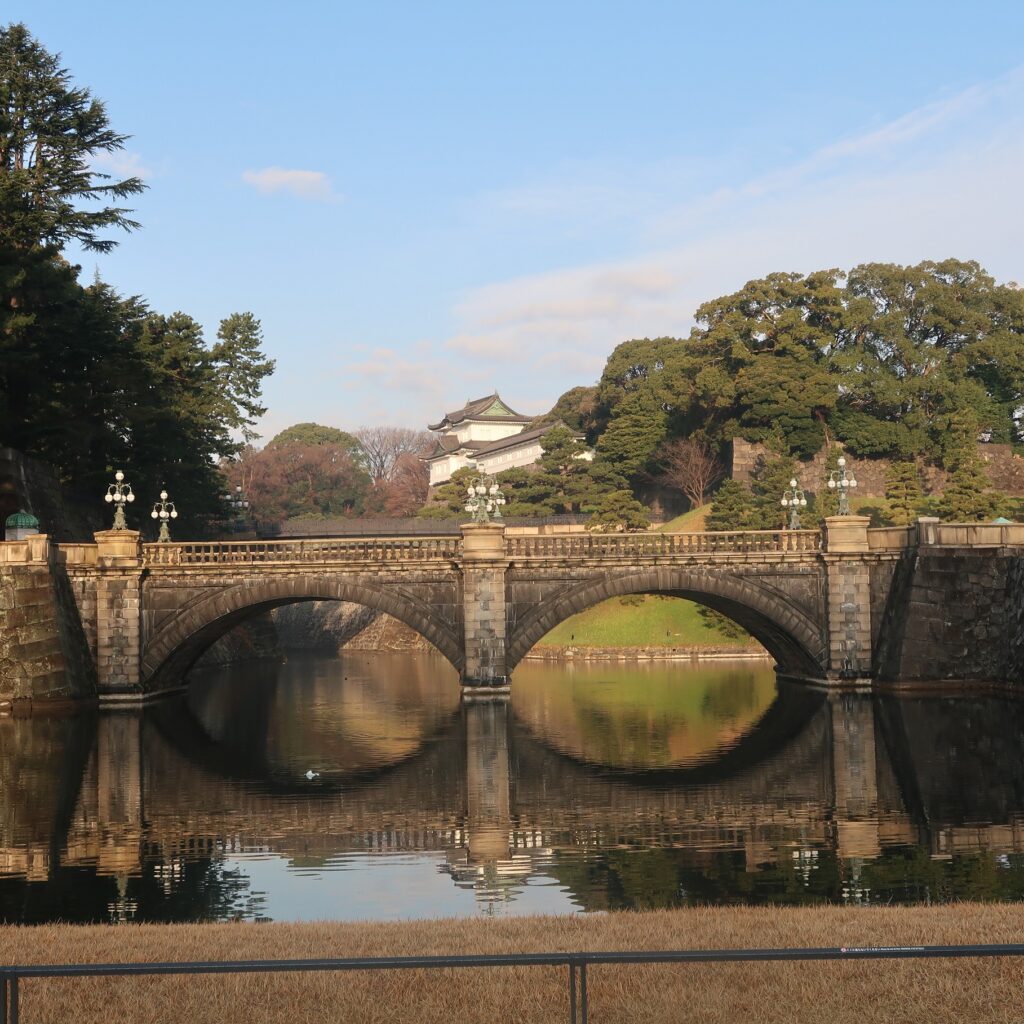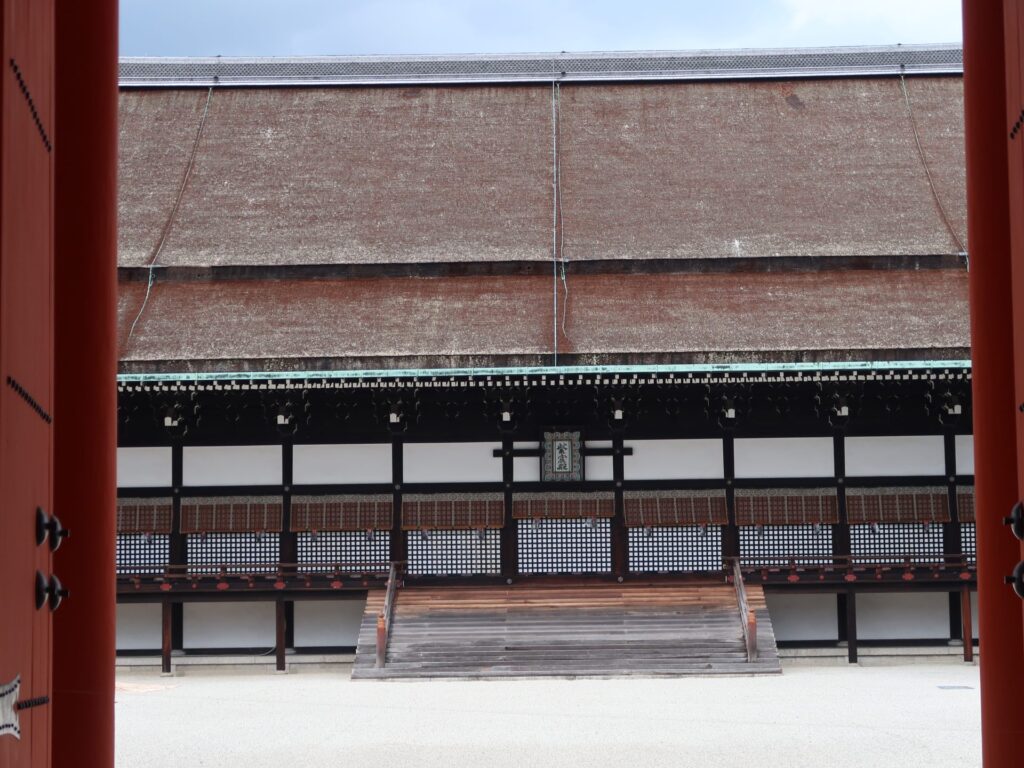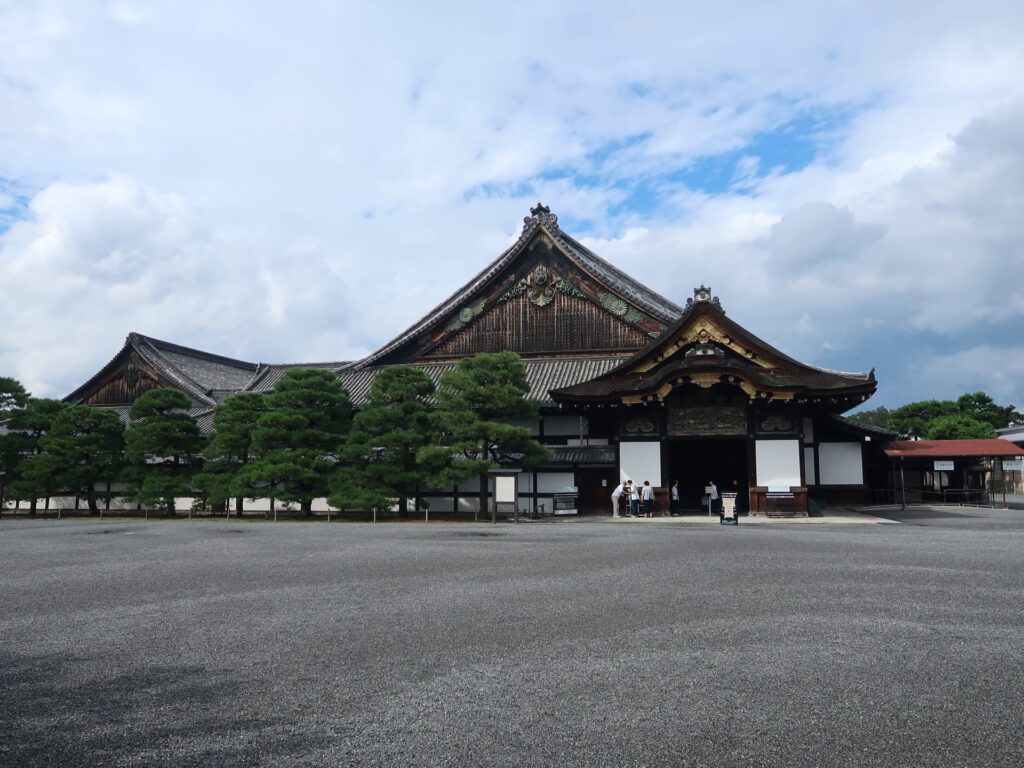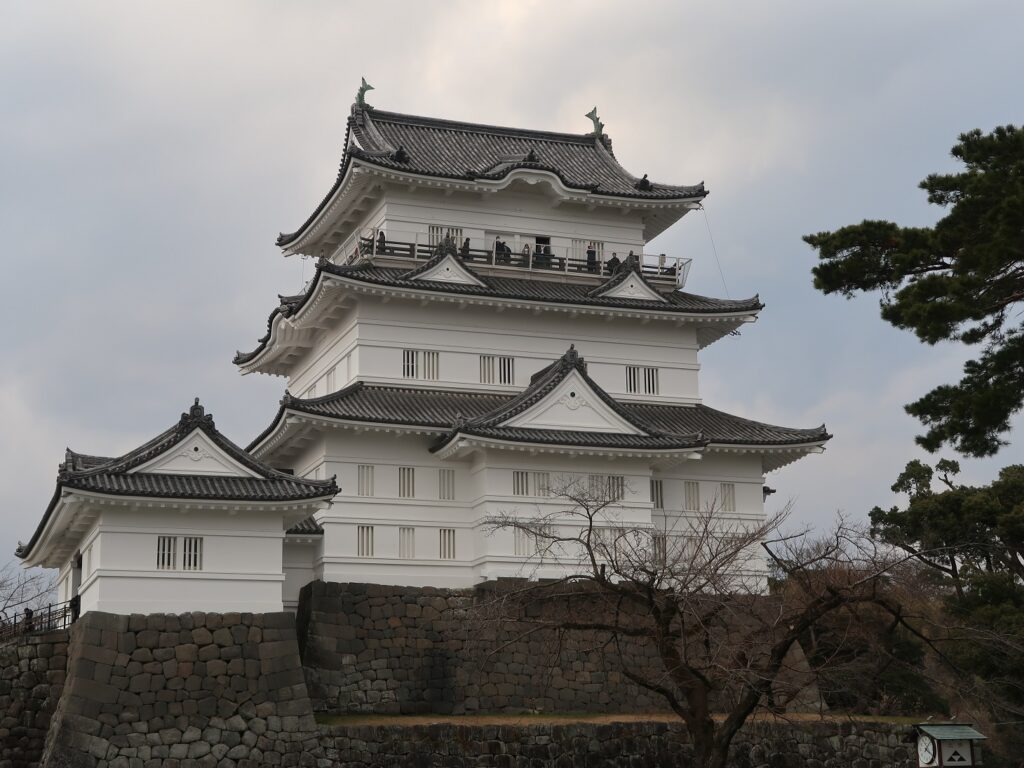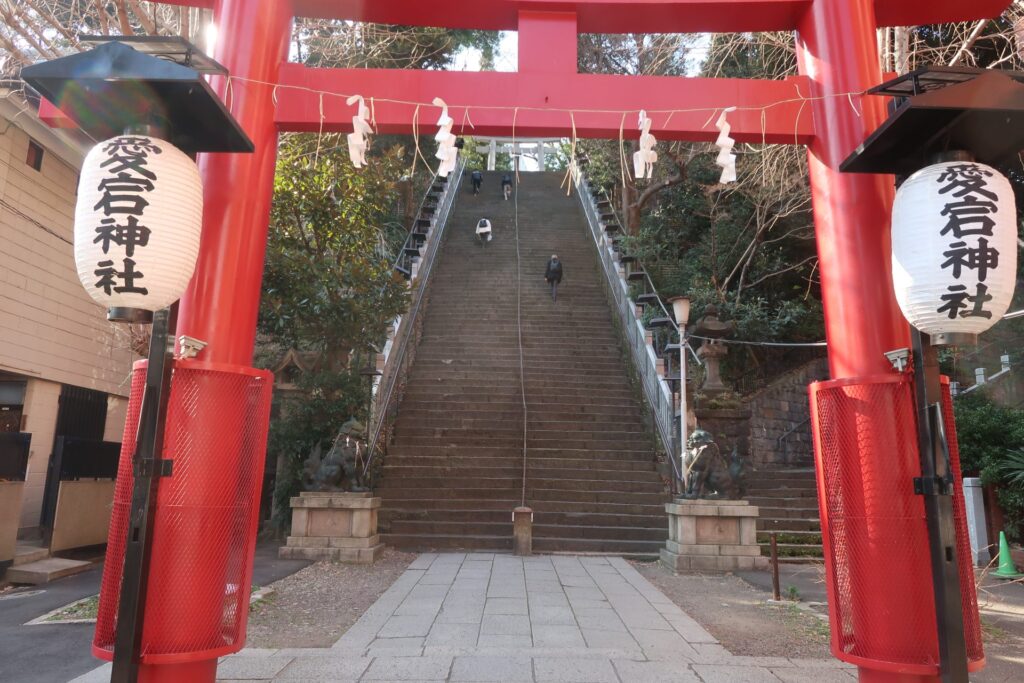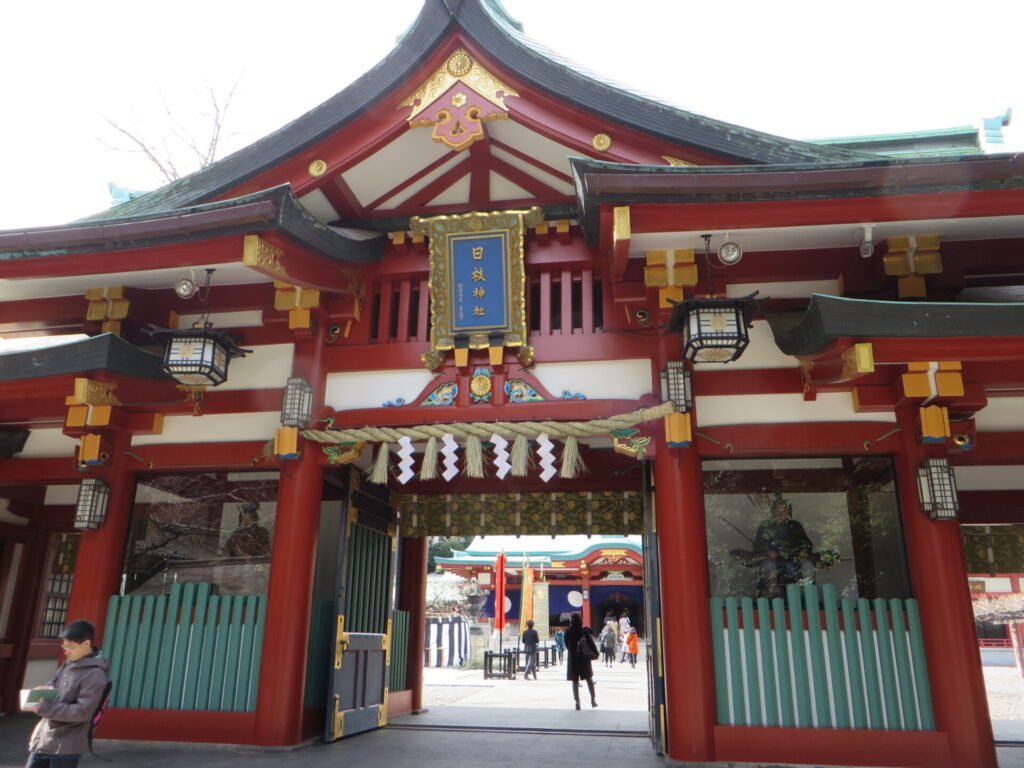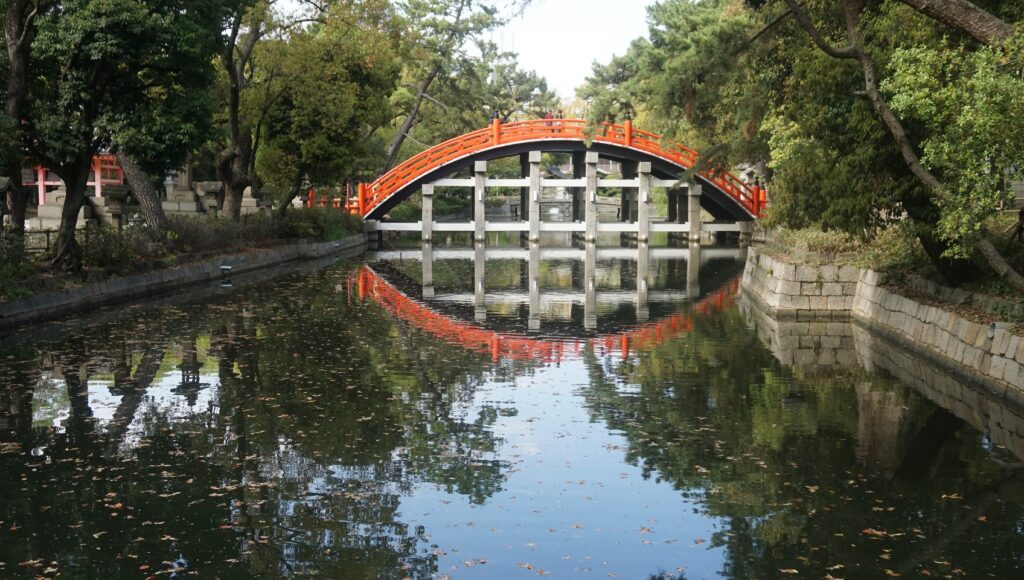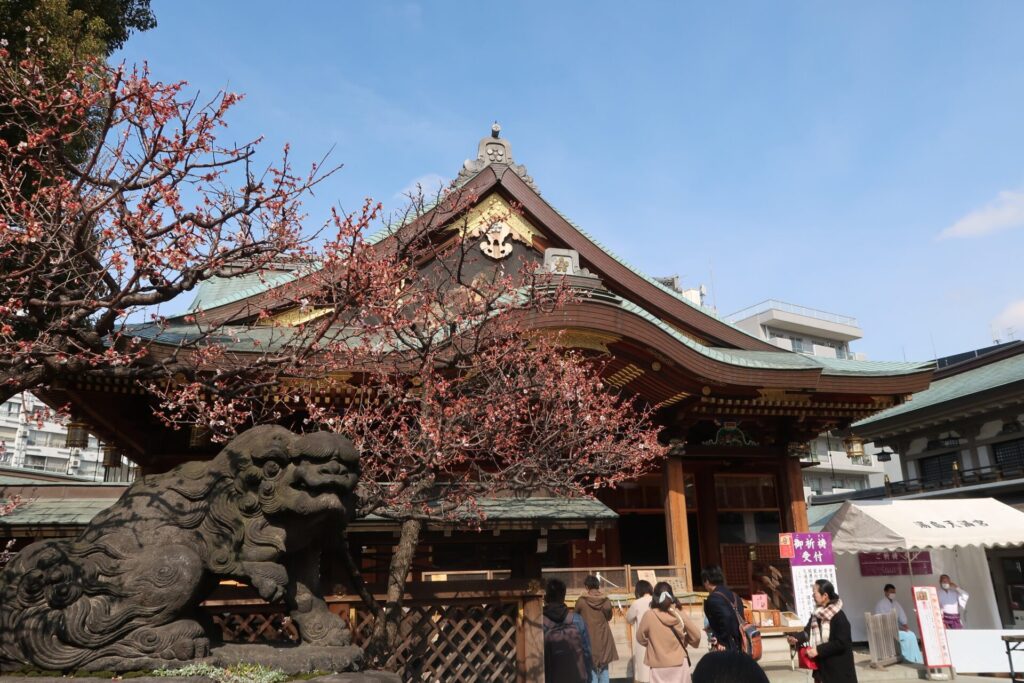Where would you like to go?
Can you find intersting place?
On this page, I compile a list of famous and popular spots in Japan, such as temples, shrines, castles, palaces, and museums, and so on.
Please enjoy detailed information and photos from the maps by region and the list of each category.
Temples
When Buddhism was introduced to Japan via China in the early to middle 6th century, temples were initially built as facilities for Buddhist research, and gradually became places of worship for believers. Statues and/or paintings of Buddha, Bodhisattva or Buddhist gurdians are displayed within temples as a basis for faith. In Nara and Kyoto, there are many ancient temples that have continued since the introduction of Buddhism, such as Horyuji Temple and Kiyomizu-Temple, as well as temples that were later built under the patronage of powerful people to pray for the peace of the nation and the prosperity of their families, or as family temples for ancestors.
Shrines
There are many different types of shrines that worship the gods or deities of Shinto, Japan’s indigenous religion, including those that worship mythological gods such as Ise Jingu, those that worship the imperial family such as Meiji Jingu, those that worship great natural phenomena, and those that worship historical figures of power such as shoguns. Torii is a simple gate consisting of two pillars and a beam, but it forms the boundary between the sacred sanctuary and the secular world. Worshippers offer prayers at the main hall of the shrine, but inside the hall there are generally no concrete statues or paintings, and instead there are metal mirrors and paper objects called SHIDE, which are used to purify evil spirits.
Palaces/castles
In feudal ara, castles were the base for the defense of feudal lords (Samurai clans), and the Honmaru (main citadel) located within the castle was the residence of the lord and the center of politics and administration. The Imperial Palace, the political center of the Imperial Family, was the center of aristocratic politics centered on the Emperor, and detached palaces were built as needed.
Museums
There are many public and private museums throughout Japan. Some museums, such as the Tokyo National Museum, exhibit comprehensively Japanese history and culture, but many museums focus on a specific theme, such as ukiyo-e, or specialize in the works of a particular artist.
Recreational facilities
There are many type of recreational facilitie, including samusement parks such as Tokyo Disneyland that simply provide entertainment for visitors, entertainment facilities that also have educational purposes such as aquariums and zoos, and tourist facilities such as Tokyo Skytree that also function as a broadcasting tower and make use of that facility.Some events, such as the Osaka Expo 2025, are held for a limited time only.
Althouh this page does not include a list of gardens and parks where you can relax and enjoy beautiful flowers.
I have listed these gardens on my flower picture book website.
Please follow this link to find out more about gardens and parks.
List of garden and park.
List of garden and park.
I am actively working on improving this list. If you can’t find the place you are looking for, please contact me here.

